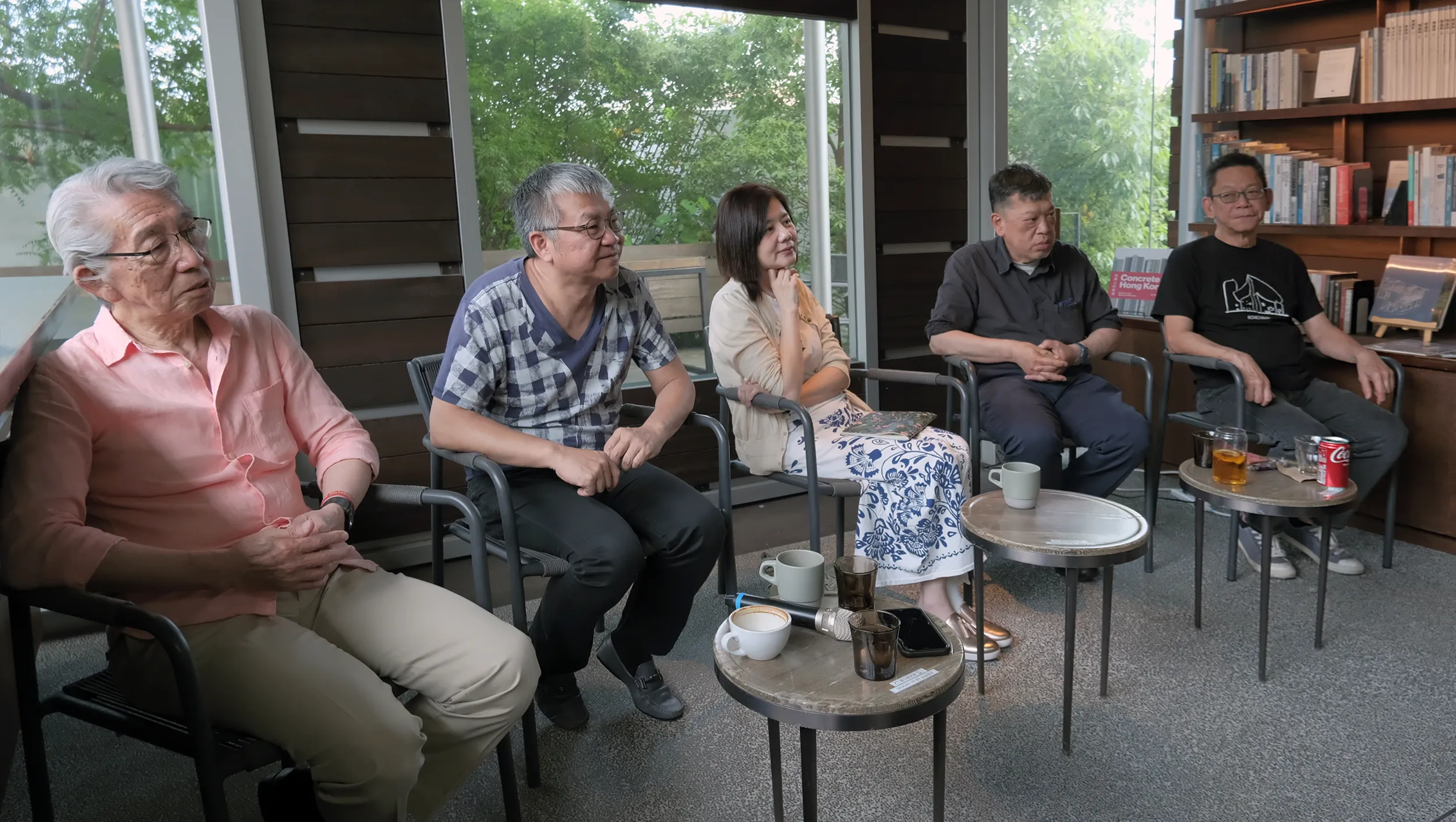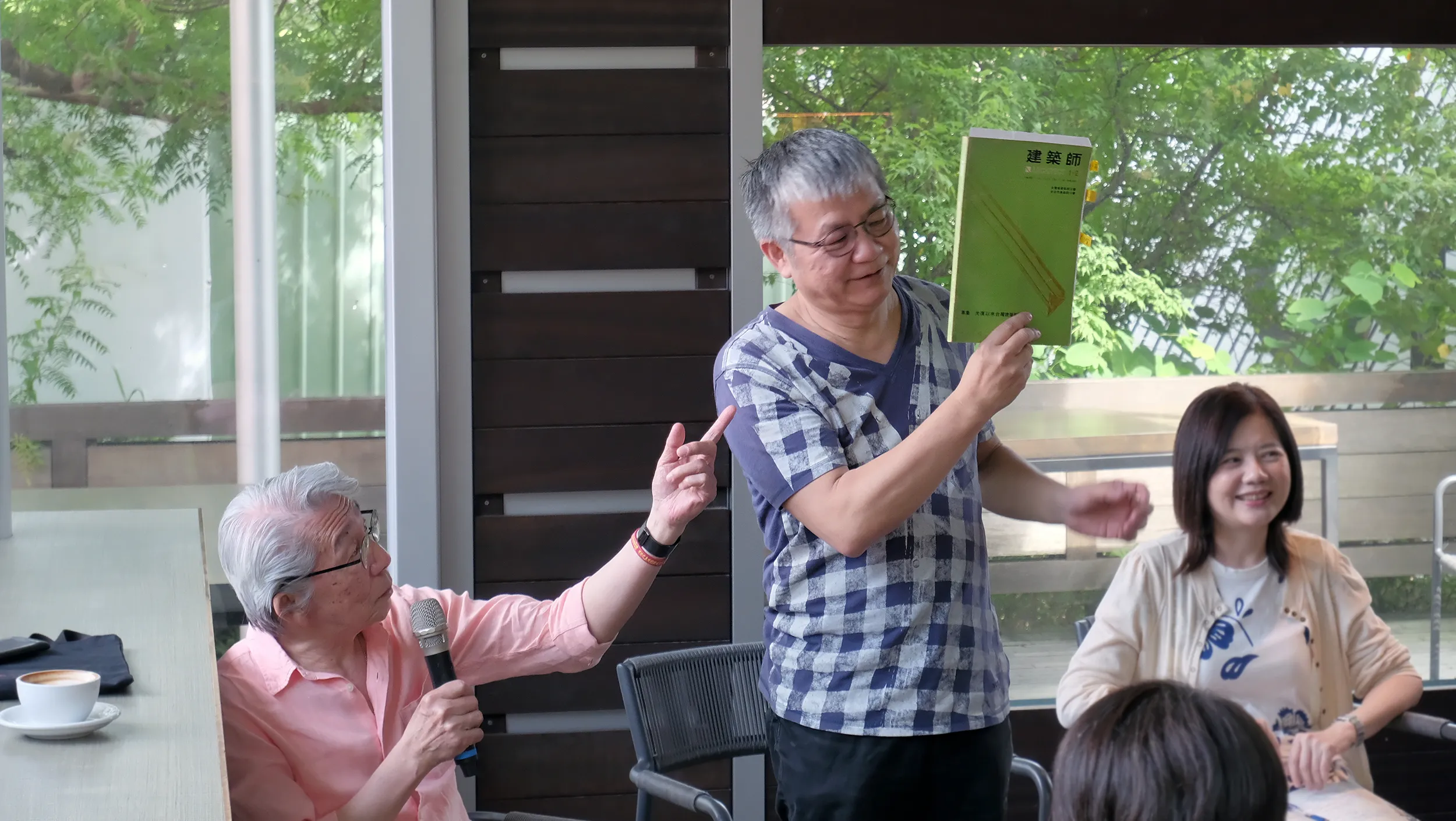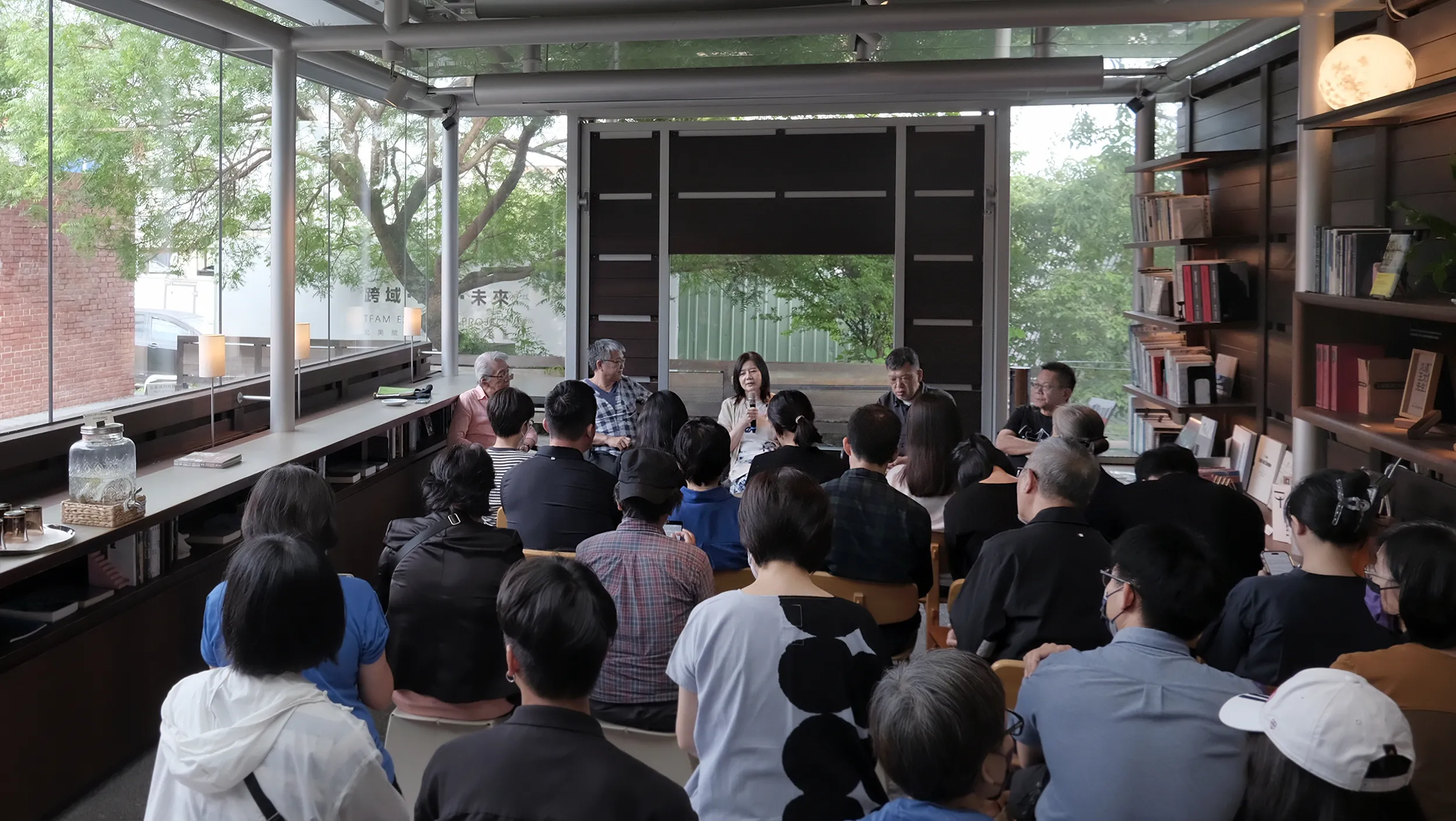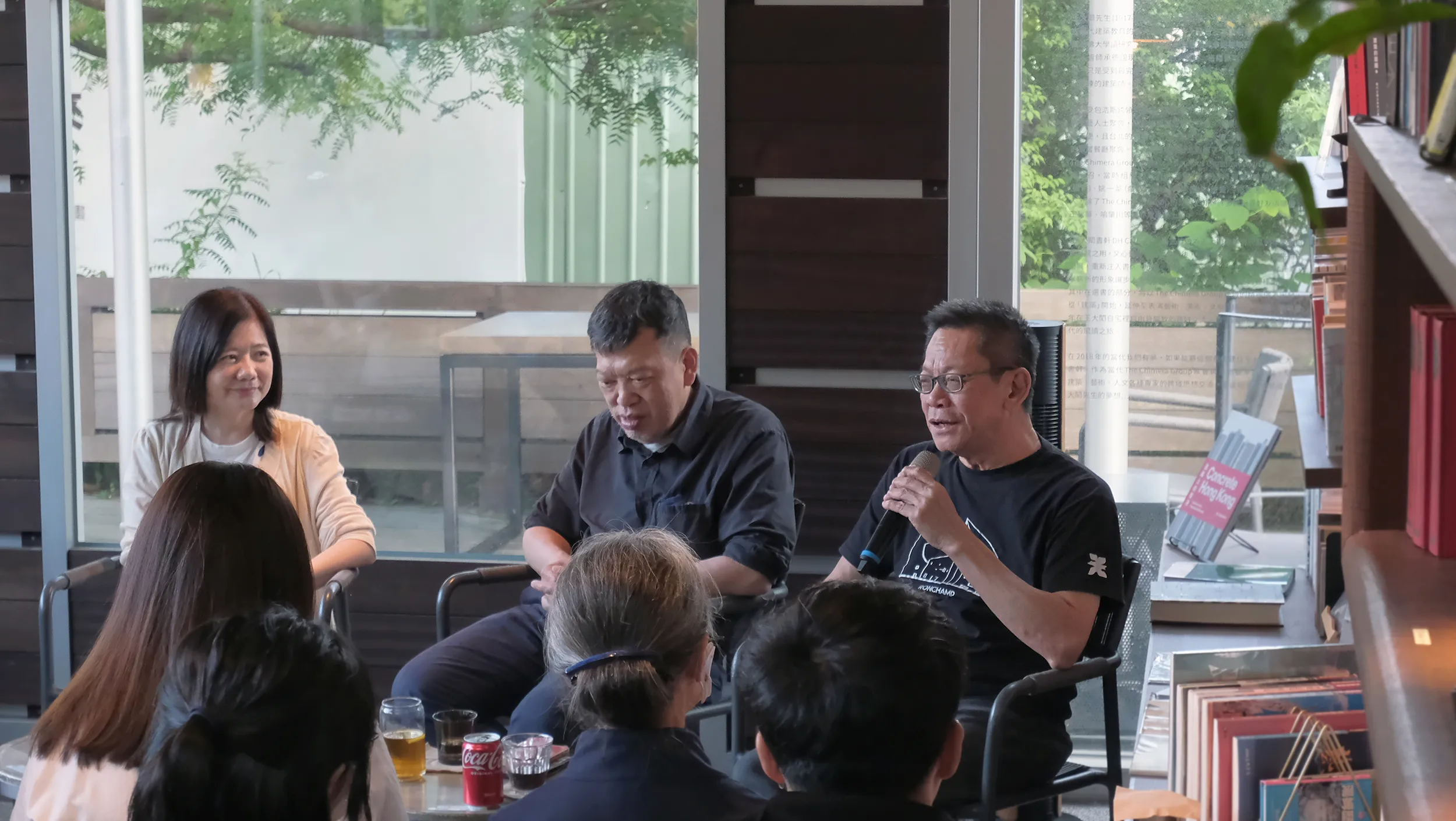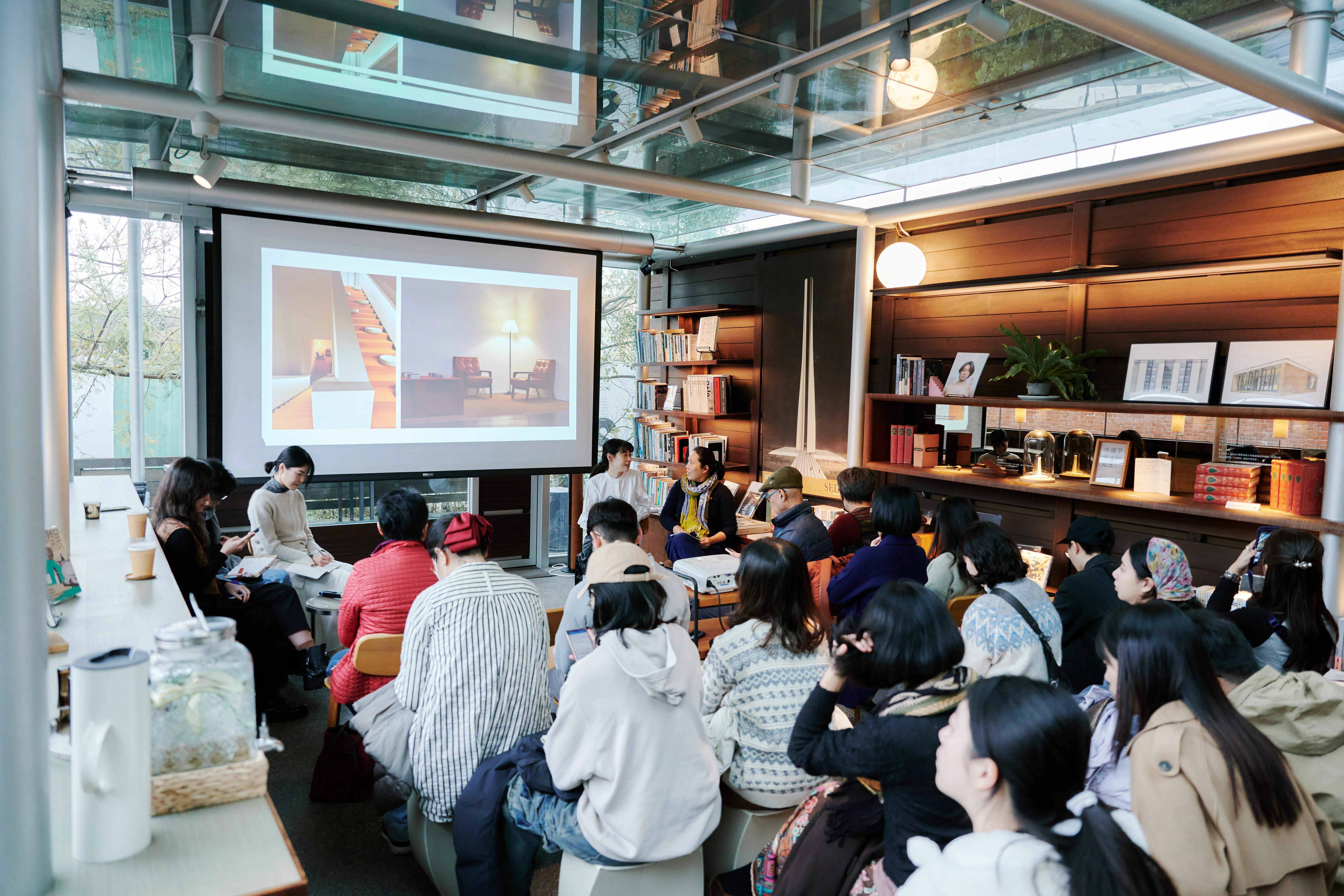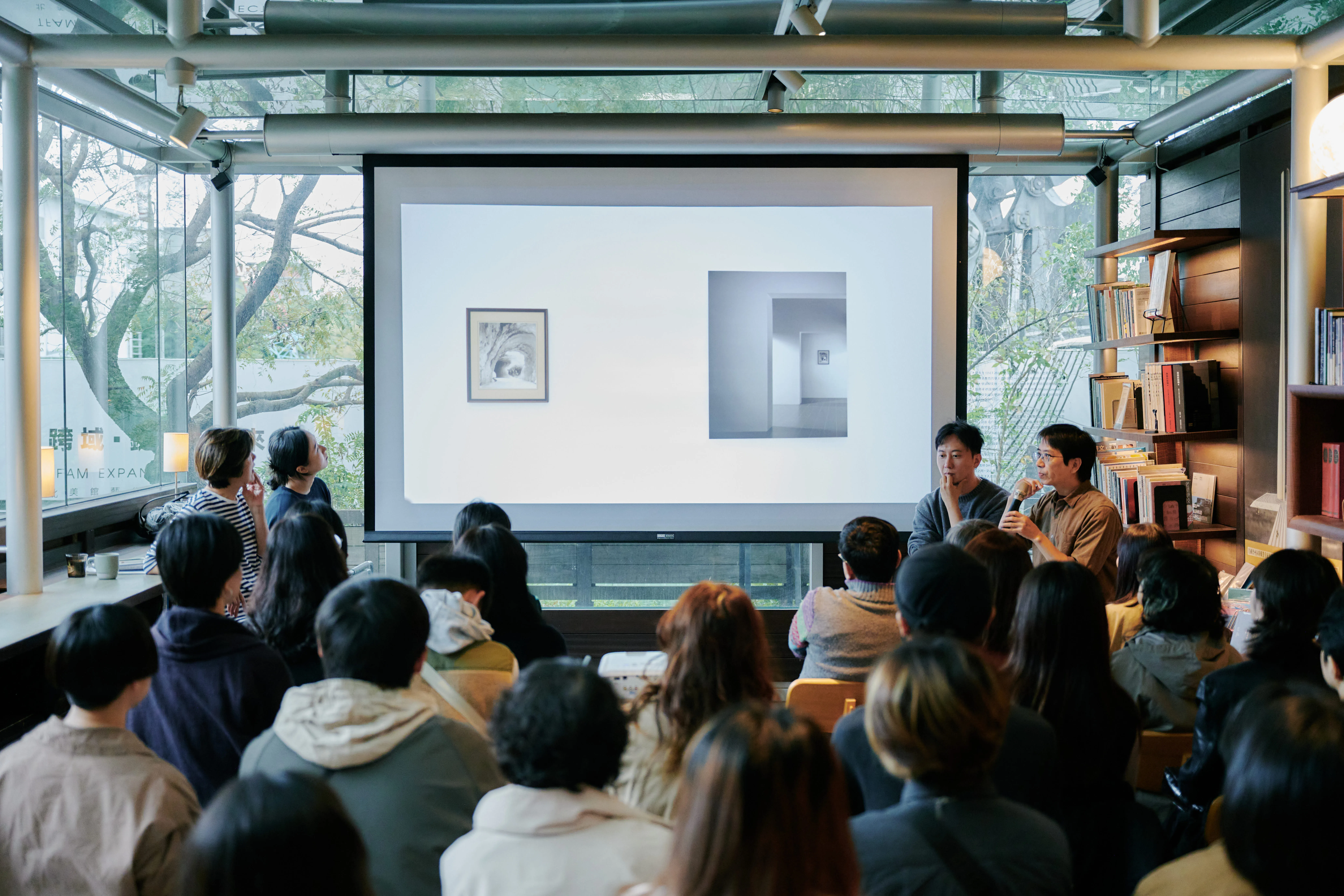
Chimera Architecture Salon | Session 2 | Architecture and Life: The Postwar Experience
Speakers
KWANG-TING, WANG JUNHSIUNG, WANG TSEN-WING RESEARCH PLANNING TEAM “MODERN LIFE: TAIWANESE ARCHITECTURE 1949—1983”
Guest
JIANG YA-JUN, ASSOCIATE PROFESSOR, DEPARTMENT OF ARCHITECTURE, ZHONGYUAN UNIVERSITY
Architect Huang Mao-chun
locations
Wang Daishui Shuxuan (No. 153, Section 3, Zhongshan North Road, Zhongshan District, Taipei City)
fees
$150 (Paid upon arrival, drinks and snacks are available on site)
Event Content
“Modern Life: Taiwan Architecture 1949—1983” examines the issues and cultural factors that influenced the context of architectural development in Taiwan between 1949 and 1983. The exhibition reveals the new transformations that Taiwan faced after the end of World War II. From the migration of the national government to Taiwan, the era of beauty and dignity, and the modern era, Taiwan's culture of life gradually moved out of the shadow of political ideology and into the modern era of freedom of living, while opening a door to the imagination of “freedom”.。 WHILE EXPLORING AND LONGING FOR MODERNITY, ARCHITECTURE BECOMES A WINDOW INTO THE CULTURAL CHANGES OF POST-WAR LIFE IN TAIWAN. The existence of the building entity also imprints the authenticity of the life cultural event, and thus the building becomes a tangible cultural form of interaction with the life cultural event.
The second salon responds to the theme of the exhibition and explores the changes made to life after the war. Mr. Jiang Yajun, Associate Professor of Architecture at Chung Yuan University, was invited to discuss architectural scenarios related to “New Life” through his research, including the new way of life revealed by Wang Dazhi's home, the Gospel Village designed by Hammond Architects, the South Airport Apartments, etc. AT THE SAME TIME, ARCHITECT HUANG MAO-CHUN WILL ALSO COME TO THE SITE TO SHARE THE HISTORY OF POST-WAR ARCHITECTURE.
Event Review
As a third-generation architect after the Taiwan War, Wong Mao-chun shared his many years of experience from training to practice, to see how this foreign thing of “architecture” was infused into their generation of architects and gradually leapfrogged from the Western framework. Architect Huang also shared his involvement in editing the January/February 1979 special issue of “Architect” magazine, “A Review of Taiwan Architecture Since the Renaissance (1945-1978)”. This remarkable feature opened the way for the study of Taiwanese architecture, and several speakers on the day said that they had benefited from the information in this publication in the course of their research. Professor Jiang Yajun shared the relationship between architectural development and life evolution based on her own residential research. Find the script of modern life from the Sanwei Little House (Wang Daishi's home) and discover a new way of community life from the social housing (Gospel Village, Garden New Town). In addition, she mentioned the large number of hand-drawn construction drawings that appear in this exhibition, such as the Montaic staircase section of the architect Lu Yu-chun, the technical rationality revealed in the one-by-one painting by Chen Yan and the architect, each reflecting the architect's own definition of architecture and what they are like as an architect Characters are involved in it. With these models and illustrations, viewers can understand the self-positioning of architects of different eras and can also see the definition of buildings in a variety of forms.
Architects express their claims through design to make their users feel rich. Dating back to the 1979 issue of The Architect magazine to later publications by Hammond Architects and early Cheng Kung University, architecture and the role of architects over time shaped the way we know it today. Architects are the spokesmen for the “form of living space” and buildings are the containers in which we live. And the kinds of details in the “container” are part of life. In recent years, architecture has become more of a cultural understanding, making people's lives a little closer to the cultural side. Finally, the architect Huang Mao-chun hoped that Taiwan's next generation of architects would be able to feel more valuable about themselves but were not well treated, and by designing to let the world see the highlights of our culture.
